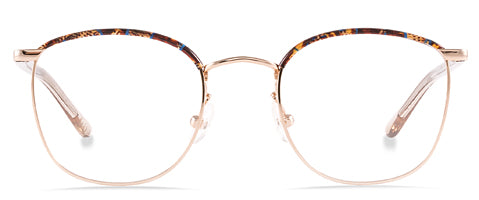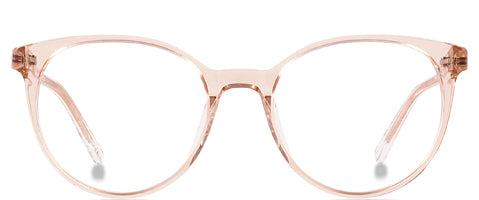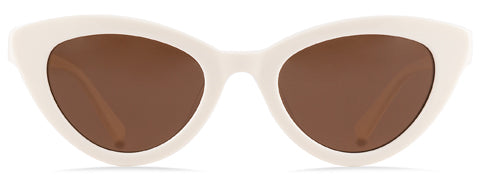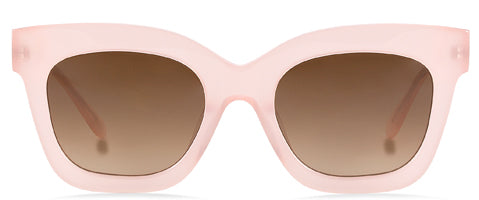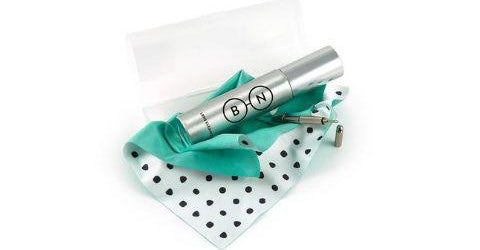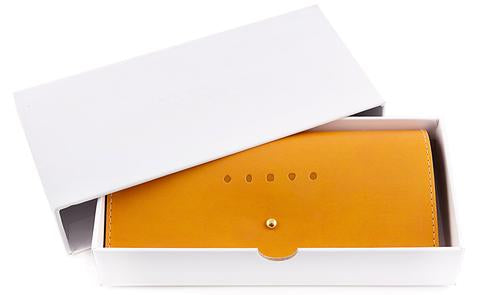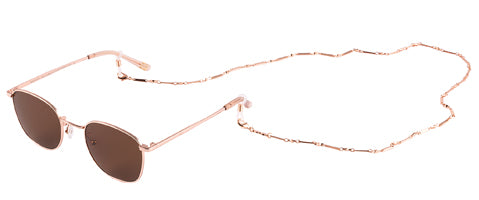This week is Glaucoma Week, and here at Bailey Nelson, it’s important for us to shed light on how you can monitor your eye health and learn about what traits you need to look out for.
Glaucoma is a progressive, irreversible eye condition that, if left untreated, eventually leads to tunnel vision. Known as the 'silent thief of sight', glaucoma is the leading cause of irreversible blindness and develops slowly, often without any symptoms. When left undetected, people can reach the advanced stage of the disease without any awareness (due to cortical fill-in*). While vision loss can’t be restored, the good thing about early detection means that treatment can delay or slow down its progression. This is why having your eye health checked every two years is so important, as it can detect blind spots caused by Glaucoma, early.
This is where the natural blind spot test comes in.
Having a blind spot in each eye is normal. This spot is caused by a gap in the retina where the optic nerve is positioned. The gap in the retina corresponds to a gap in your vision. Everyone has it, yet none of us are aware of it due to a phenomenon called cortical fill-in.
*Cortical fill-in happens when one eye fills in for the other and the brain puts back the missing piece for us. Even if we close one eye so that there is no information from the closed eye, the brain still uses the rest of the visual information it has to replace the missing part of the field of vision. Without it, we’ll all be noticing black holes in our vision.

- To find your natural blind spot, look at the image above.
- With your nose pointing in between the Bailey Nelson logo and the yellow square, close your right eye.
- Stare at the pink square with your left eye, and slowly bring your screen closer to your nose.
- At somewhere around 10 cm, the pink square will disappear. This is your blind spot. Reverse the process – and find out your left!
Cortical fill-in is beneficial because it means we don’t notice black holes in our vision, but fill-in can also prevent us from noticing loss of vision caused by eye disease, such as Glaucoma.

